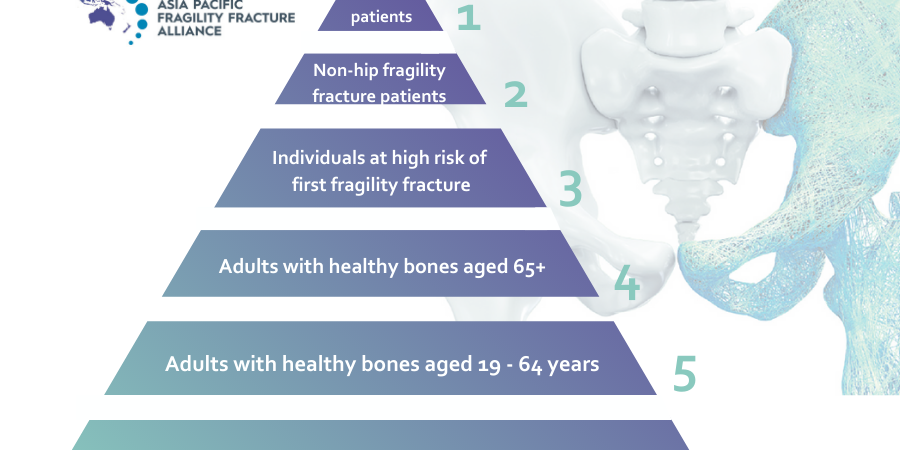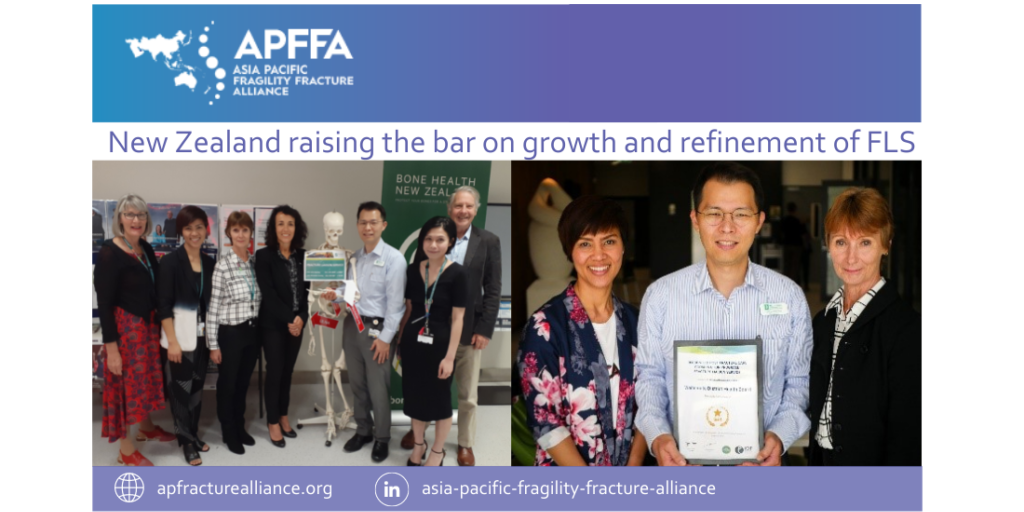On September 13, 2021, The Australian and New Zealand Hip Fracture Registry (ANZHFR) published the ANZHFR 2021 Annual Report. Representing patient level data from more than 86 hospitals, and facility level data from 117 hospitals across Australia and New Zealand, this report provides the largest and most detailed report on hip fracture care in the ANZ region.
The Australian Commission on Safety and Quality in Health Care, in collaboration with the Health Quality and Safety Commission New Zealand, released the Hip Fracture Care Clinical Standard in 2016 to support the delivery of appropriate clinical care, reduce unwarranted variation in care, and promote shared decision making between patients, carers and clinicians. The ANZHFR Annual Report details performance against the Hip Fracture Care Clinical Care Standard, in particular, the seven quality statements and 16 indicators which form the Standard.
For the first time, in this year’s report, the ANZHFR also reported on outliers against 14 of the indicators outlined in the Hip Fracture Care Clinical Care Standard, to help clinicians and hospitals both identify areas where there is high quality care, and those areas which need intervention and improvement.
The ANZHFR 2021 Annual Report revealed that improvements had been made in many domains of hip fracture care and management throughout 2020, including the assessment of cognition, the assessment and management of pain, the availability of a hip fracture pathway, the availability of a pain pathway, and the provision of written information for patients as they transition from the acute hospital setting.
According to ANZHFR Co-Chair, and Co-Chair of the APFFA Hip Fracture Registry Working Group, Professor Jacqueline Close, Australia, findings from the Annual Report reveal that despite these improvements, there remains a substantial disparity in the care of hip fracture patients between hospitals in the region.
“Quality Statement 5 of The Hip Fracture Care Clinical Standard refers to mobilisation and weight bearing, in particular that a patient with a hip fracture if offered mobilisation without restrictions on weight-bearing the day after surgery, and at least once a day thereafter, depending on the patient’s clinical condition and agreed goals of care.
“We have seen a huge difference between hospitals and their performance on this aspect of care. Some hospitals are getting over 90 per cent of patients out of bed and starting that recovery process the day after surgery, while in other hospitals, it is as low as 20 to 30 per cent,” said Prof Close.
“The results show there is work to be done to better understand why this variation exists between hospitals, as getting people moving after a hip fracture is key to achieving what is important to our patients – getting home and being independent.”
Furthermore, throughout 2020 and 2021, the COVID-19 pandemic has caused unprecedented disruption to care in many hospitals, with some orthopaedic wards being repurposed to COVID-19 wards, and staff being deployed to areas of increased need.
“The decrease in the number of patients seen by a geriatrician in 2020 in Australia (87 per cent of patients) is likely a reflection of the temporary deployment of geriatricians to other roles in the hospital and community setting,” Prof Close said.
Another key area identified in the report, where there remains room for improvement, is the number of people who have experienced a hip fracture leaving hospital without treatment for osteoporosis. Alarmingly, only 27 per cent of patients were on active treatment for osteoporosis upon hospital discharge, with this statistic sadly showing little improvement over time. As a result, the ANZHFR will be conducting a sprint audit to glean a better understanding of the barriers to adopting evidence-based care in this area.
According to Co-Chair of the ANZHFR, Professor Ian Harris, data from this year’s report will be used to provide feedback to Registry stakeholders, so that the outcomes of hip fracture care continue to improve across Australia and New Zealand.
“Much has been achieved, and we have seen progress in many areas of hip fracture care. Much is still to be done and the Registry will continue to work with clinicians and managers on the key aspects of high-quality care,” Prof Harris said.
To accompany the Annual Report, the ANZHFR have this year further released a PowerPoint slide pack for healthcare professionals (HCPs). The slide pack is customisable, allowing HCPs to highlight their hospital’s performance and include any other, relevant, site-specific information.
Download the full report and accompanying slide deck here: https://anzhfr.org/anzhfr-2021-annual-report-now-available/
To gain access to many more informative resources, in addition to the ANZHFR 2021 Annual Report, please visit the APFFA Education Directory at apfracturealliance.org/education-directory.





